Are you wondering why Telegram is not working on WiFi?
Telegram is one of the leading cloud-based messaging platforms you can use on multiple devices. It has a dedicated app for Windows, Mac, iOS, and Android. Besides, Telegram also features a web app that can be accessed on any modern browser.
Despite leading the market, this doesn’t save Telegram from downtimes and unexpected problems.
Like any platform, Telegram could also suffer from bugs and glitches.
One of the most common issues on Telegram is that the app is not working on WiFi. When this occurs, users won’t be able to access new chats, and they will be stuck on the ‘connecting’ page.
Usually, this problem on Telegram is caused by slow network connections and server outages. However, it can also be due to corrupted data, faulty app caches, or outdated software.
To help out, we’ve decided to make a guide for fixing Telegram if it’s not working on WiFi.
Let’s begin!
1. Check Telegram Servers.
Before performing any troubleshooting measures, we recommend checking Telegram’s servers first. This way, you’ll know whether the problem is coming from your device or Telegram’s end.
You can use third-party sites like Downdetector to check if there are ongoing issues with Telegram’s servers.
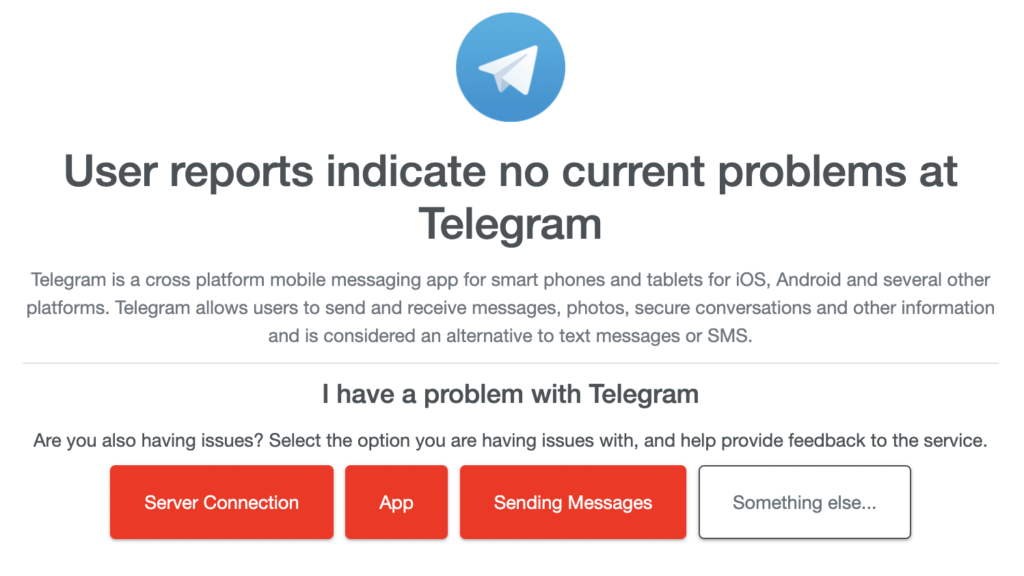
If there are ongoing problems with the servers, the best thing you can do is wait since server-related issues can’t be addressed on your end. On the other hand, you can head to the next solution below if the servers are up and running.
2. Restart Your Device.
While this solution might appear simple, restarting your device is one of the most effective ways to address most issues on Telegram. This reloads your system resources and eliminates temporary errors in the process.
For Android users, follow the guide below to restart your device:
- Locate the Power button on your Android device.
- Next, hold it down until the selection menu shows up.
- Finally, tap on Restart.
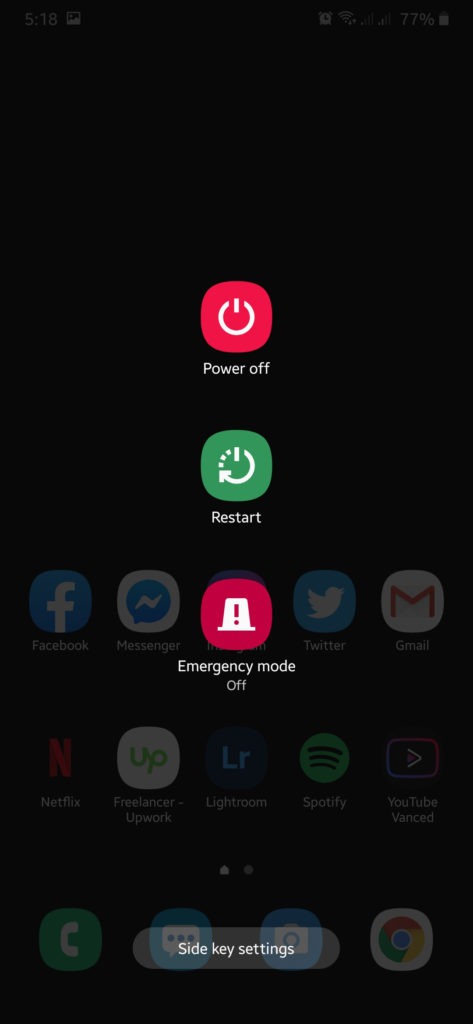
If you’re using an iOS device, here’s what you need to do:
- First, open the Assistive Touch on your phone.
- After that, go to the Device tab and tap on More.
- Lastly, tap on Restart.
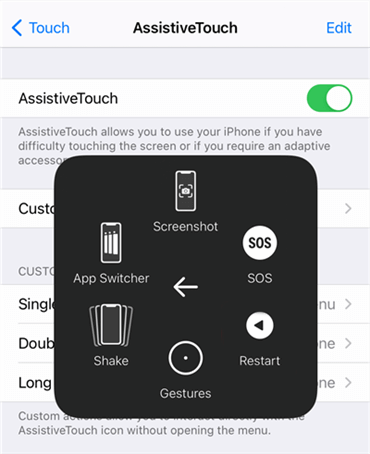
Once done, go back to Telegram to check if the problem is solved.
3. Check Your Network Connection.
A slow or unstable network connection could be the reason Telegram is not working on your device. Since Telegram is an online service, it requires stable internet to function correctly.
To confirm this, perform a speed test using Fast.com to measure your network’s upload and download bandwidth.
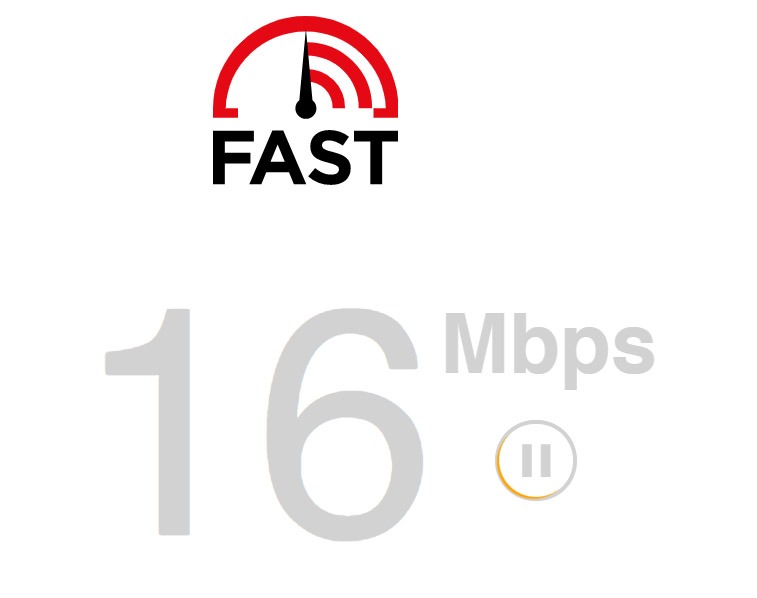
If the result indicates a problem with your network, power cycle your modem or router to re-establish the connection with your service provider. Unplug your router from the outlet and wait for at least five seconds before plugging it back in.
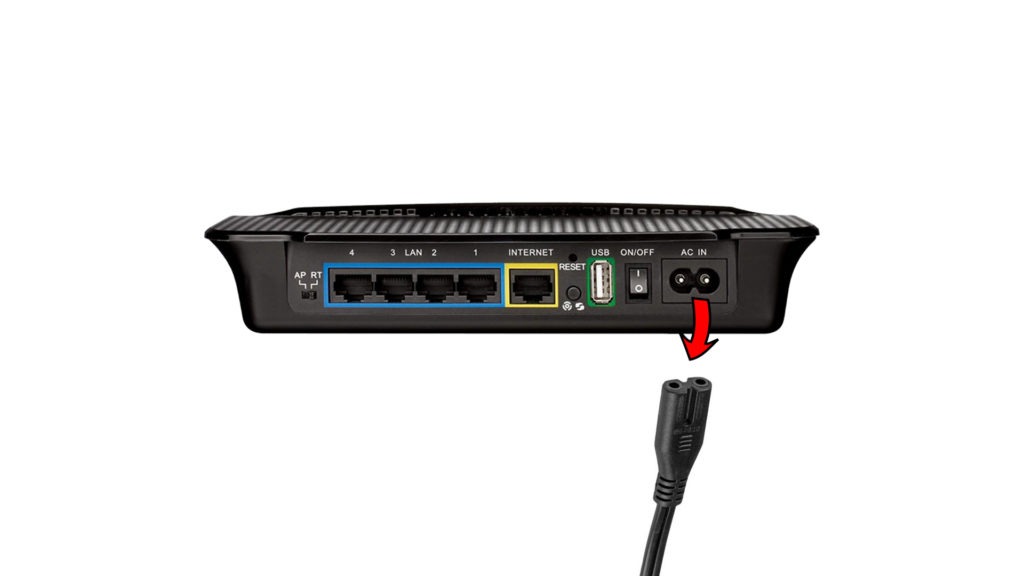
Once done, re-run the test on your network to check if the problem is solved. If not, contact your ISP and ask them to fix the issue.
4. Clear Telegram Cache (Android).
Like other apps, Telegram stores temporary files on your device, which are used to improve performance. However, these files accumulate over time and could become corrupted without warnings.
When this happens, expect issues to occur on Telegram. See the steps below to address this problem:
- First, go to your home screen and locate Telegram.
- After that, hold down its app icon until the selection menu shows up.
- Now, tap on App Info.
- Go to the Storage tab and tap on Clear Cache.
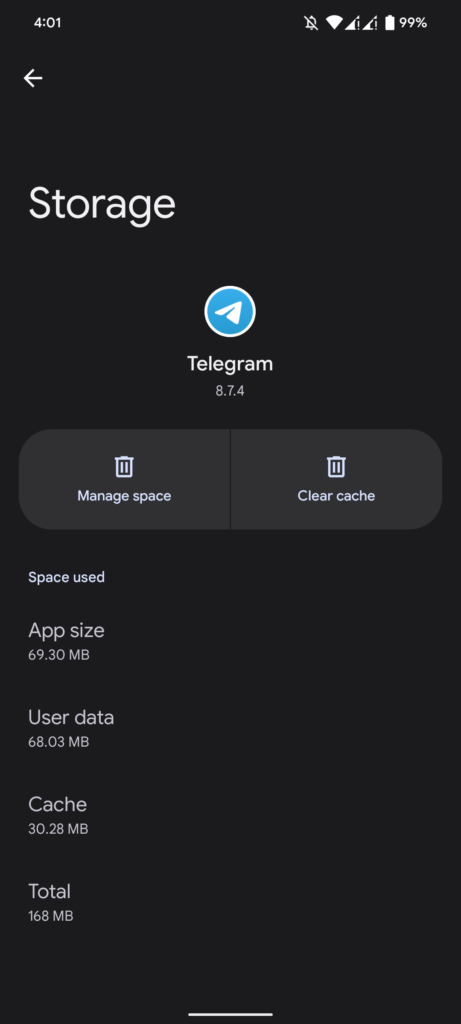
Go back to your account afterward and check if Telegram is working.
5. Turn Off VPN.
Virtual private networks are third-party apps that protect your network and data from hackers and other entities. They work by masking your default IP address and filtering your activity to keep your online information safe.
However, VPNs could also cause connectivity issues if they are not optimized or when you are connected to a crowded server.
To avoid problems, we suggest turning off your VPN before using Telegram.

On the other hand, you can also try switching to PureVPN if your current provider keeps giving you headaches. Unlike other VPNs, it works with most apps and does not interfere with your network.
PureVPN also works well with streaming services like Disney+, HBO Max, and Netflix.
6. Update Telegram.
If you haven’t updated Telegram for a while, we suggest doing so if it’s not working on your WiFi connection. There might be an underlying issue with the version of Telegram you’re using, explaining why you encounter connectivity problems.
Simply go to the App Store or Play Store on your device and install the latest version of Telegram. You can also take this time to update other apps on your device.
7. Reinstall Telegram.
At this point, we recommend reinstalling Telegram if it’s still not working on WiFi. This should ensure that you have the latest working version of Telegram and there are no corrupted files in your storage.
Check out the guide below to delete Telegram:
- First, access your home screen and locate Telegram.
- After that, hold down its app icon until the selection menu shows up.
- Lastly, tap on Remove App (iOS) or Uninstall (Android) to delete it.
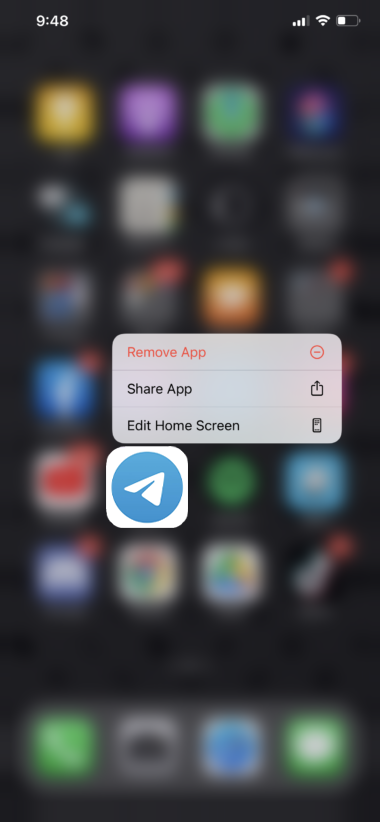
Reinstall Telegram on your device afterward and see if it’s working on your WiFi network.
8. Contact Telegram.
If none of the solutions above worked for you, it’s time that you let the professionals handle the situation.
Go to Telegram’s Support page and get in touch with their team to report the probelm you’ve been experiencing on the app. Provide all the information on your report to make it easier for Telegram’s team to address the issue.
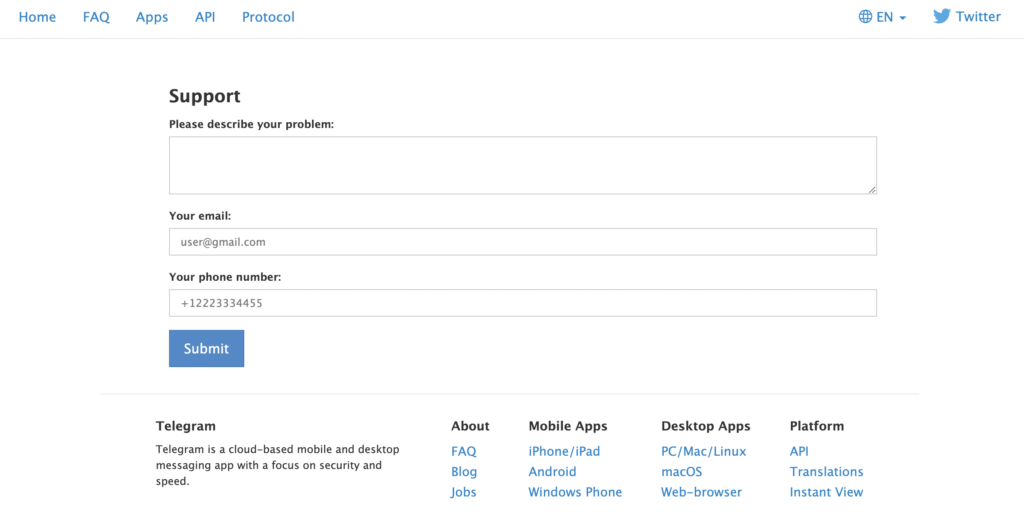
That ends our guide for fixing Telegram if it’s not working on WiFi. If you have questions, drop a comment below, and we’ll do our best to answer them.
If this guide helped you, please share it. 🙂





